
Light is but a small part of a much, much bigger electromagnetic spectrum of radiation that we can’t see. The spectrum includes radio waves, microwaves, infrared light, visible light, ultraviolet, x-rays and gamma rays, but only visible light, which we interpret as colours, can be seen. Different colours are basically light at different frequencies, which travels through space in the form of waves. The closer together these waves are the higher the frequency. Radio waves have the smallest frequency and the biggest wavelength, while gamma rays are the reverse.
To experience colour in all its beauty we need a source of light like a flashlight, your TV screen or the sun. We also need a hard surface for light to bounce off of and someone to see it. Without an observer to acknowledge it, colour would not exist. And it’s hard to imagine how we would have survived without it, considering colours help us differentiate, say, blackberries in a thick bush from the bear sleeping in tall grass a couple feet away.
10. The Visible Light Spectrum
Light is basically invisible energy traveling through space. For us to see it, light must go through dense particles of dust, smoke or water vapour in the form of clouds or mist. We can also observe it when it’s hitting something hard like a tree, a hand or the moon and reflects back into our eyes. Other than that it’s as if nothing’s there. Sir Isaac Newton discovered that when allowing a beam of light to travel through a prism it refracts into colours that always go in the same order: red, orange, yellow, green, blue, indigo and violet.
Our retinas contain two types of light sensitive cells, rods and cones. The rods are used to detect light intensity and brightness while the cones are responsible for colour vision. We have three types of cones capable of recognizing red, green and blue. These are the primary colours, and combining any two will give us the secondary colours of yellow, cyan and magenta. All these hues in different combinations and intensities give us the many colours that we know and see every day.
Let’s say that the entire electromagnetic spectrum is the distance between New York and L.A., around 2500 miles. With that scale, the visible light spectrum would be about one inch long. That’s how much of the world we’re not seeing!
9. The Need for Darkness
J.W. Goethe observed that by looking through a prism colour forms around darker objects against a light background. This colouring always happens as a transition from white to black going through yellow and red, from black to blue violet or from turquoise to white. Overlapping these two boundaries are the secondary colours or inverted spectrum.
Colour tends to form as a contrast between light and darkness. On one side we have warm colours such as red and yellow going from white to black, and on the other we have cold colours like blue and violet that go in reverse from black to white.
When you watch a perfect sunset do you notice what array of colours appear on the evening sky? The sun becomes reddish as it nears the horizon, engulfing the landscape in an orange haze, while shadows become longer and longer until they’re one and the same. Due to the angle of the sun, its light has to travel through more of the lower, denser atmosphere. The colour red is actually a dimming of bright light traveling through much more stuff.
If we turn around from a sunset we’ll see the Earth’s shadow. The bright blue sky is gradually transforming into darker blue, indigo and violet as it meets the horizon. The more light there is in the air the brighter the blue. What we’re really seeing is the dark and emptiness of the cosmos as different shades of blue through the white light of the sun!
8. Coloured Shadows
If we look at a window for a couple of seconds and then close our eyes we’ll see its negative - a light frame with a dark exterior. This experiment can be done with coloured objects as well. Each colour has a complementary one. Red has cyan, green has magenta and blue has yellow.
If you illuminate a vase with two sources of light a short distance from one another, the vase will have two shadows. If one of those light sources shines a red light the opposite shadow will turn red because red light falls on it, but its own shadow will become cyan. If we could somehow isolate that shadow from its surroundings and look at it on its own we’ll see that it’s actually grey like a shadow should be, but in the context it’s an optical illusion.
7. What Colour Do Objects Really Have?
It all depends on light. Coloured lights make up the visible spectrum but objects are not made of light. Let’s say you have a green shirt. You go outside and it’s still green. What happens if you go inside a room with red light? What colour is it then? Normally red and green combine to create yellow but here we have a red light and a green pigment. Green pigment is made out of blue and yellow dyes which don’t reflect red, so the shirt is black. It’s also black if it’s in complete darkness, along with everything else that has no contact with light.
For another example, what makes a banana look yellow? When white light hits the banana all hues get absorbed except for yellow, which is reflected back into our eyes. In a sense bananas are every colour except yellow, because we observe what’s reflected back at us. And what is everything but yellow? Its complementary colour, blue! A banana is theoretically blue! We say theoretically because in order to have colour we also need to have an observer. Colour is not a property of an object; it’s merely an interpretation of the mind based on invisible waves at different frequencies.
6. Pink
If we look at a light colour wheel we see both the primary and secondary colours in alternative order. Each secondary colour is produced by combining the neighbouring primary colours. By combining red and green light we get yellow, green and blue equals cyan and if we combine red and blue we have pink.
Did you ever wonder why there’s no pink in a rainbow? The answer is simple - there’s no pink light! There’s yellow and cyan light, but no pink. That’s because red and blue are at opposite ends of the visible spectrum. By going full circle on this and combining these two colours we actually include the enormity of the entire electromagnetic spectrum into the visible one. Pink basically represents everything in the universe that’s invisible to us.
5. Vantablack
We all know that black makes us look sophisticated and has the added bonus of slimming us down. But have you heard about the new black, Vantablack? It’s like looking into a black hole! As strange as it sounds, it’s almost impossible to see and we can only make it out because of its background. We see its edges but when looking straight at it it’s as if you are looking at nothing. Not black, not something very dark, nothing. It absorbs all but 0.035% of visible light - for comparison, dark coal almost never gets below 0.5%.
Vantablack was recently invented by English scientists and is going to be used in designing stealth aircraft and advanced weaponry. But its main use is in astronomy and space exploration, where sensitive telescopes need a very black surface to be able to detect with great clarity and precision distant stars and galaxies. We can see pictures of this material on the Internet because we’re looking through a light emitting monitor, but the scale of darkness is nowhere near to the kind of utter void that it truly is.
4. It’s My Red, Not Yours!
If you and your friends are watching someone in a red dress, were you aware that they might be seeing something totally different from you? What you see as red your friends might see as what you know to be blue or green. But all of you have come to know it as red, so you call it red! But how would you know? What questions would you ask your friends to find out if all of you see the same thing? Keep in mind that as you came to know your red, they came to know theirs in exactly the same way!
There are thousands of people who have different types of colour-blindness that prevent them from seeing red, green or blue light, and we know that they see things differently from most of us. But what if we all see differently from one another? Ultimately we’re all alone in our minds. We all have our different realities, which may explain why one friend likes the red dress while the other thinks it’s hideous.
3. The Forbidden Colours
By using red, yellow, green and blue in different combinations we can describe all the other colours in the visible spectrum. Purple, for example, can be described as reddish blue, lime as yellowish green, orange as reddish yellow and turquoise as bluish green. But how do you call something reddish green? What’s the name for bluish yellow? Don’t simply mix these two colours together like you’re a four year old scribbling in a colouring book - imagine a colour that’s part green and part red, or one that’s both blue and yellow at the same time.
Not having any luck? That’s because those colours don’t theoretically exist, and thus are called forbidden. Everything comes down to how we perceive colour. The cones in our eyes detect red, green and blue at different wavelengths. These wavelengths sometimes overlap. When green overlaps with red we usually see it as yellow, but if the frequency is not that of yellow light then it’s either green or red. It can’t, however, be both at the same time. The same principle applies for both blue and yellow colours.
This idea must have bugged Hewitt Crane and Thomas Piantanida, because in 1983 they made the unimaginable possible! By doing a set of experiments they managed to bring to life colours without a name. They created images of red and green (and yellow and blue) stripes next to each other. By making sure that light from each colour only activated the same individual cones, over time the colours started blending together to form something never seen before! Even though volunteers were aware they were seeing totally different colours, they found it extremely hard to describe them. They were essentially the first people to witness something new.
2. What Do Animals See?
We’ve all heard that dogs are colour-blind and that bats are completely blind, but that’s not entirely true. Bats can see, just not well, while dogs are only colour-blind from our perspective.
We have three colour receptors, while dogs have only two. They can’t see red. Would a squid that can only see in blue consider a dog colour-blind? Snakes can see very little “normal” colour but can see in infrared, while bees can see in blue, yellow and ultraviolet.
Remember how infinitesimally small our visible light spectrum is compared to what’s really out there? Just try to imagine a brand new colour - it’s impossible. Or imagine trying to explain to someone who’s been blind their whole life what red looks like. You could say that it makes you feel warm and you associate it with passion, but what would they really understand or imagine red to be? They could know everything there is about light and colour and it would still be as a foreign concept to them. There just aren’t words that allow someone to grasp the true meaning of something they haven’t experienced for themselves, which is known as an explanatory gap.
For example, some butterflies have our three colour receptors and then an extra two: red, green, blue, ? and ?. We’d say just imagine the possibilities, but the whole point is that you can’t.
1. Light Is Personal
You’ve probably heard people say things like “Oh, you have a beautiful purple aura!” or “You’re simply glowing!” It turns out there might be some truth to that. Scientists from Kyoto University have discovered that people actually emit visible light, but it’s 1000 times less powerful than what the naked eye can see. They’ve also discovered that we reach maximum “aura” brightness at about 4:00 pm because it’s a by-product of our metabolism involving free radicals.
The greater the distance between a light source and an observer the dimmer the light is. That’s not because light gets lost on the way or gets absorbed by different objects, but rather because the energy of the light is spread out over a larger area of space. We see the sun equally as bright from all angles because light travels in all directions in equal amounts. Over time and at greater distances light gets more and more spread out until it becomes billions of single photons traveling in all directions.
Light also carries information. That’s how we know where other stars and galaxies are, what they’re made of, if they’re coming towards or moving away from us and what they were doing millions of years ago. The same rules apply to our own personal light - it will travel in all directions through the emptiness of space, possibly even going past the visible universe. It will never stop, and it will carry a tiny part of you with it.
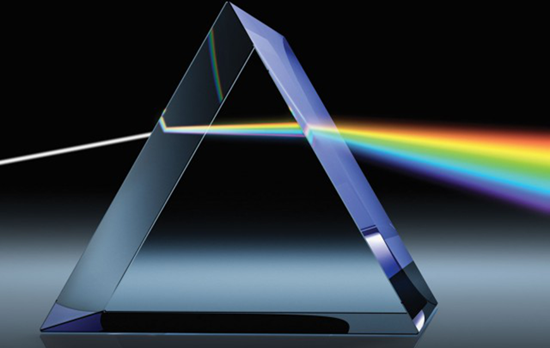
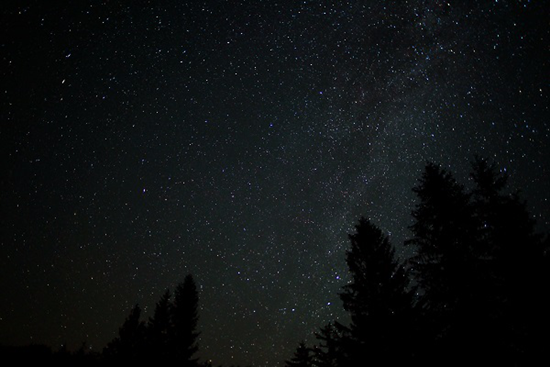

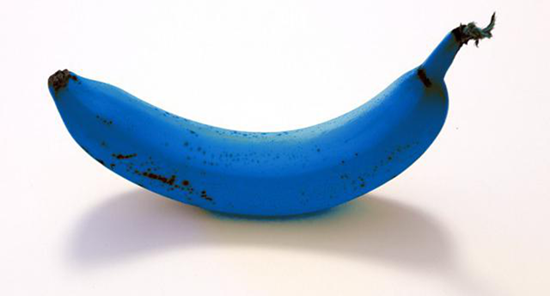

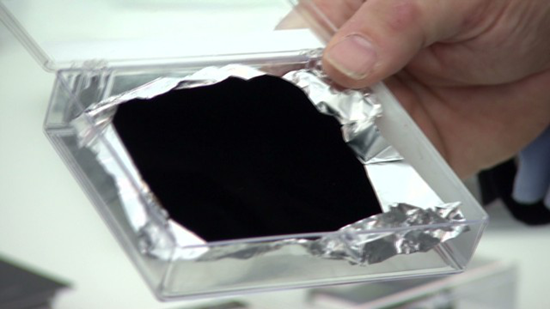


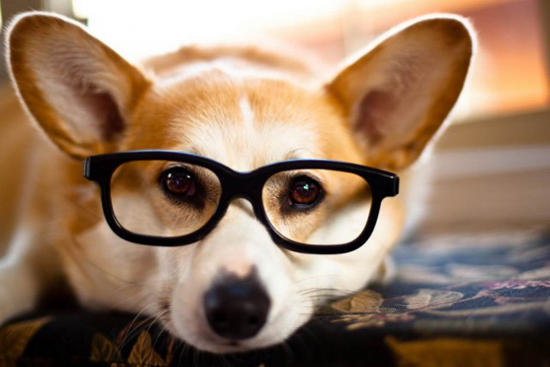
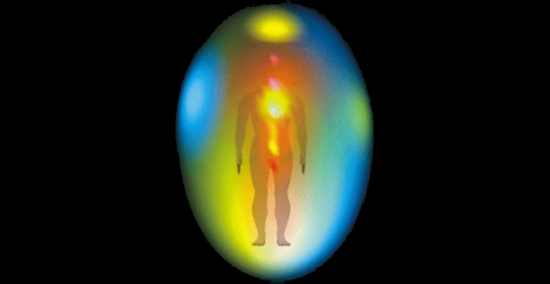
No comments:
Post a Comment
Please adhere to proper blog etiquette when posting your comments. This blog owner will exercise his absolution discretion in allowing or rejecting any comments that are deemed seditious, defamatory, libelous, racist, vulgar, insulting, and other remarks that exhibit similar characteristics. If you insist on using anonymous comments, please write your name or other IDs at the end of your message.